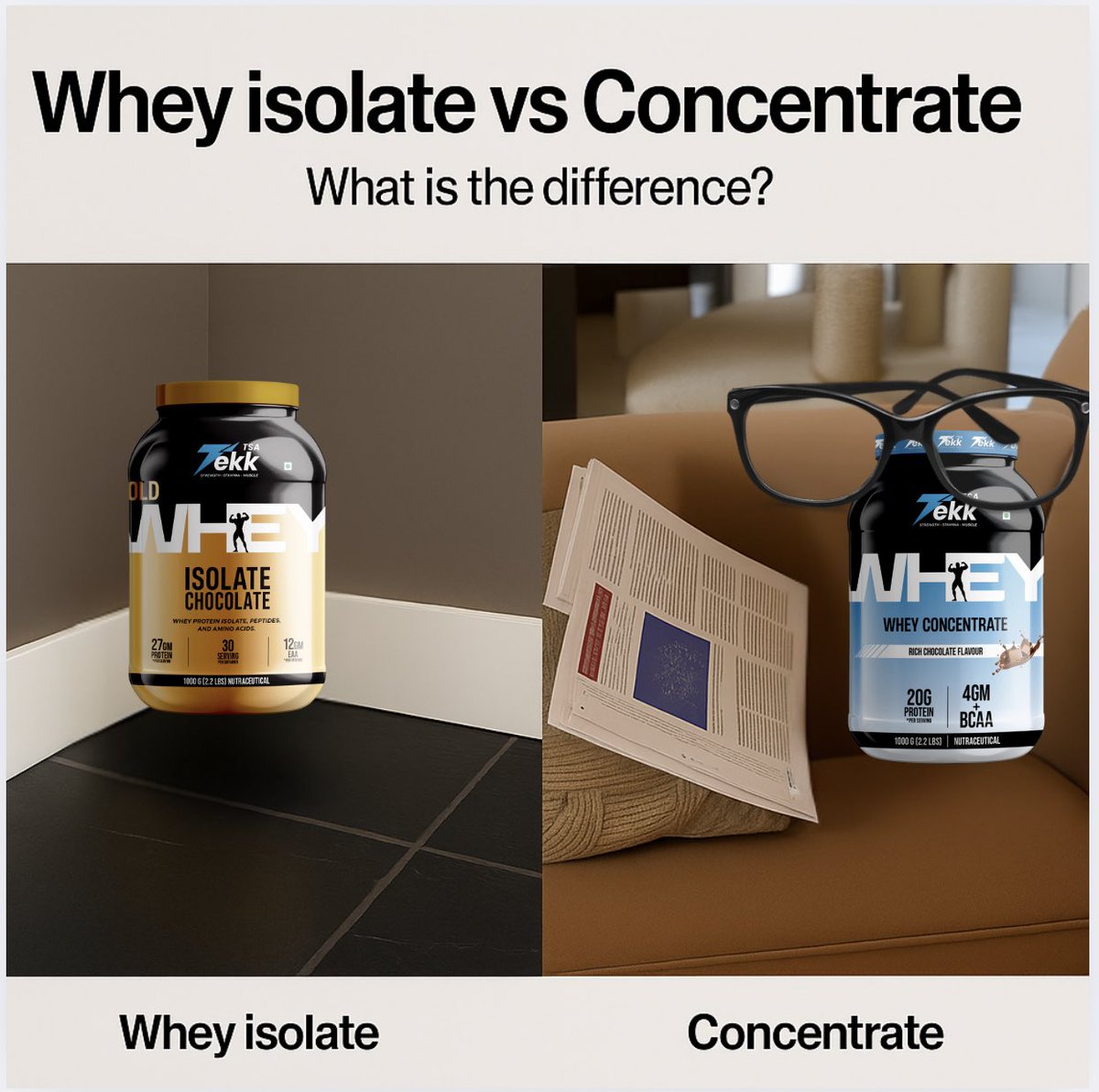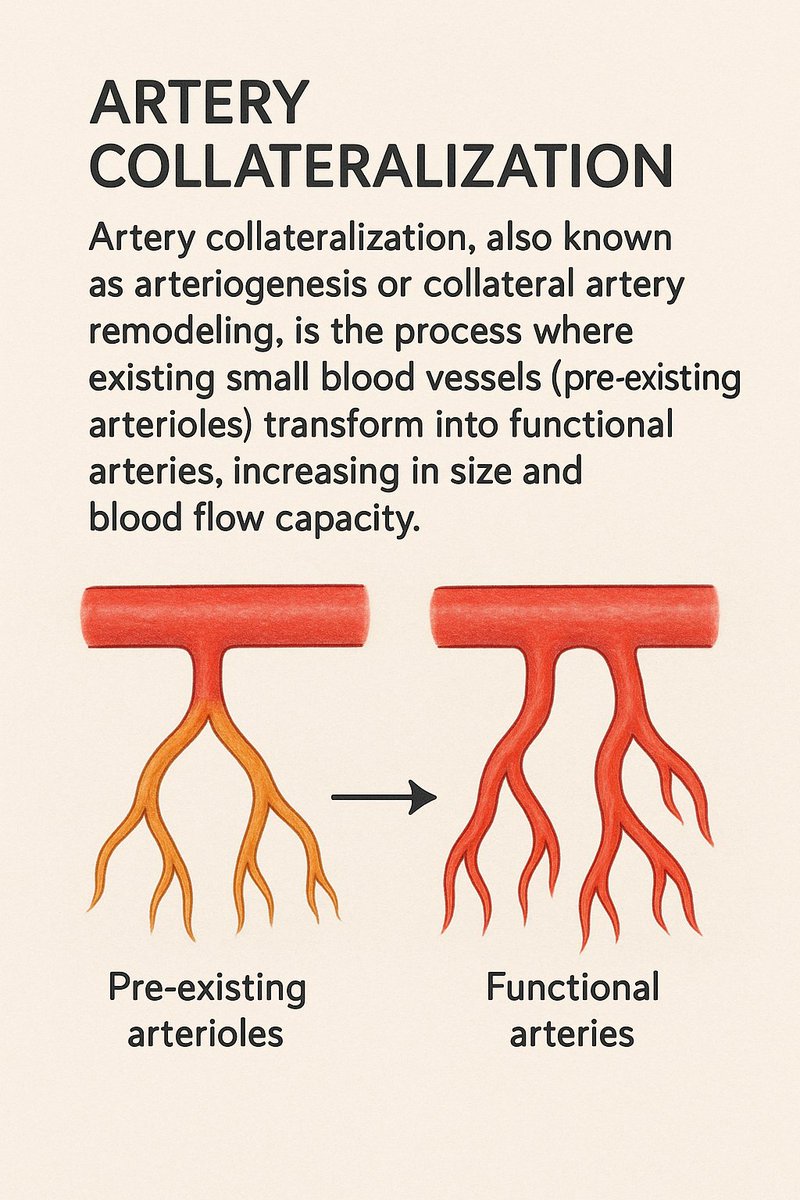Your heart is like a turbocharged engine.
Heart Rate Variability (HRV) is what happens when you tap the accelerator, think of the 1.5 TSI VW Virtus that instantly roars to life,smooth, responsive, adaptive.
It’s not about how fast the engine runs,
but how effortlessly it revs up or down based on what life throws at you.
HRV = how fast your body adapts
Here is a detailed thread on HRV ⬇️
Heart Rate Variability (HRV) is what happens when you tap the accelerator, think of the 1.5 TSI VW Virtus that instantly roars to life,smooth, responsive, adaptive.
It’s not about how fast the engine runs,
but how effortlessly it revs up or down based on what life throws at you.
HRV = how fast your body adapts
Here is a detailed thread on HRV ⬇️
What is Heart Rate Variability (HRV)?
It’s the tiny difference in time between each heartbeat
measured in milliseconds (ms).
Even at 60 bpm, your heart doesn’t beat once every exact second.
That variation is HRV.
It reflects how well your autonomic nervous system (ANS) is responding to stress, recovery, and life.HRV is influenced by the function of the sympathetic (fight or flight) and parasympathetic (rest and digest) nervous systems.
High HRV: Suggests dominant parasympathetic activity → better recovery, relaxation, and adaptability.
Low HRV: Suggests sympathetic dominance → possibly stress, fatigue, or illness.
It’s the tiny difference in time between each heartbeat
measured in milliseconds (ms).
Even at 60 bpm, your heart doesn’t beat once every exact second.
That variation is HRV.
It reflects how well your autonomic nervous system (ANS) is responding to stress, recovery, and life.HRV is influenced by the function of the sympathetic (fight or flight) and parasympathetic (rest and digest) nervous systems.
High HRV: Suggests dominant parasympathetic activity → better recovery, relaxation, and adaptability.
Low HRV: Suggests sympathetic dominance → possibly stress, fatigue, or illness.
How is HRV measured?
Most wearables use a time-domain metric called RMSSD
(Root Mean Square of Successive Differences).
Sometimes you'll see LnRMSSD,a logarithmic version.
Typical RMSSD values (in trained populations):
30–50 ms → Common in athletes
50–100+ ms → Seen in well-recovered, parasympathetic-dominant states
( Values vary widely , focus on personal trends, not absolute numbers.)
Most wearables use a time-domain metric called RMSSD
(Root Mean Square of Successive Differences).
Sometimes you'll see LnRMSSD,a logarithmic version.
Typical RMSSD values (in trained populations):
30–50 ms → Common in athletes
50–100+ ms → Seen in well-recovered, parasympathetic-dominant states
( Values vary widely , focus on personal trends, not absolute numbers.)
HRV is highly individual and contextual Your normal might be someone else's low.
It's only meaningful relative to your personal baseline. Acute HRV drops don’t always mean you are unrecovered.
A single day of low HRV can occur due to poor sleep, psychological stress, hydration issues, alcohol Menstrual cycle phase (in females),even excitement or anticipation.
It doesn't always mean your body can't handle a workout.
HRV decreasing trend- what it could mean?
During overload training, HRV often decreases as a natural stress response. This reflects increased sympathetic activity,elevated resting heart rate and suppressed HRV.
If recovery is insufficient, HRV may not return to baseline, leading to a downward trend over time. Intense training can suppress HRV for up to 72 hours, especially with high training volume and frequency.
Notably, HRV usually declines before any drop in performance appears, making it a useful early indicator of accumulating fatigue
It's only meaningful relative to your personal baseline. Acute HRV drops don’t always mean you are unrecovered.
A single day of low HRV can occur due to poor sleep, psychological stress, hydration issues, alcohol Menstrual cycle phase (in females),even excitement or anticipation.
It doesn't always mean your body can't handle a workout.
HRV decreasing trend- what it could mean?
During overload training, HRV often decreases as a natural stress response. This reflects increased sympathetic activity,elevated resting heart rate and suppressed HRV.
If recovery is insufficient, HRV may not return to baseline, leading to a downward trend over time. Intense training can suppress HRV for up to 72 hours, especially with high training volume and frequency.
Notably, HRV usually declines before any drop in performance appears, making it a useful early indicator of accumulating fatigue
You can still perform well with low HRV
Some elite athletes train and perform at high levels even during low HRV days.
HRV fluctuations don’t always correlate with performance decrements.
Acute decreases in HRV have been reported to occur following intense endurance training, resistance training,and competition.
Therefore, low HRV is commonly thought to provide a reflection of acute fatigue from training or competing.
Where these interpretations can be misleading Decreased HRV has been observed in a variety of athletes preceding competition as a result of heightened levels of excitement or anxiety.
Further, lower vagal-HRV has been reported to be favorable in sprinters on the day of a race.
Some elite athletes train and perform at high levels even during low HRV days.
HRV fluctuations don’t always correlate with performance decrements.
Acute decreases in HRV have been reported to occur following intense endurance training, resistance training,and competition.
Therefore, low HRV is commonly thought to provide a reflection of acute fatigue from training or competing.
Where these interpretations can be misleading Decreased HRV has been observed in a variety of athletes preceding competition as a result of heightened levels of excitement or anxiety.
Further, lower vagal-HRV has been reported to be favorable in sprinters on the day of a race.
So incresed HRV = always good?
One study found that after 3 weeks of overload training, elite endurance athletes had lower performance but higher average HRV,unlike the control group, who showed no changes
pubmed.ncbi.nlm.nih.gov/24136138/
A decreasing HRV trend does not necessarily reflect fatigue.
HRV alone isn’t enough to assess training status.
It must be interpreted alongside training load, type, sleep, nutrition, stress, and performance. These factors together offer a clearer picture.
Track your HRV trend,
Consider it in the context of training and lifestyle,
Understand what the change means,
then adjust training or recovery based on your goals.
One study found that after 3 weeks of overload training, elite endurance athletes had lower performance but higher average HRV,unlike the control group, who showed no changes
pubmed.ncbi.nlm.nih.gov/24136138/
A decreasing HRV trend does not necessarily reflect fatigue.
HRV alone isn’t enough to assess training status.
It must be interpreted alongside training load, type, sleep, nutrition, stress, and performance. These factors together offer a clearer picture.
Track your HRV trend,
Consider it in the context of training and lifestyle,
Understand what the change means,
then adjust training or recovery based on your goals.
Why you should focus on HRV trends, not single-day values
One day of data is a snapshot; it doesn’t tell the full story.
HRV trends over weeks are more reflective of your:
Chronic stress load
Recovery habits
Training periodization
Sleep hygiene
General resilience
A downward trend over multiple days or weeks? That’s more informative and might indicate overreaching or illness.
Compare with individual values over few weeks or month.
A single-day dip? Often noise.
One day of data is a snapshot; it doesn’t tell the full story.
HRV trends over weeks are more reflective of your:
Chronic stress load
Recovery habits
Training periodization
Sleep hygiene
General resilience
A downward trend over multiple days or weeks? That’s more informative and might indicate overreaching or illness.
Compare with individual values over few weeks or month.
A single-day dip? Often noise.
What about HRV and long term health
Few analyses have found that Low HRV increases risk of all cause death and mortality.
PMID 36243195
PMID 31558032
Studies in the analysis did not control for all confounding variables, the studies show significant variability/heterogeneity in results.
Still there is a relationship between HRV and mortality risk or good health but it may not be as linear as popularly propagated on social media.
Few analyses have found that Low HRV increases risk of all cause death and mortality.
PMID 36243195
PMID 31558032
Studies in the analysis did not control for all confounding variables, the studies show significant variability/heterogeneity in results.
Still there is a relationship between HRV and mortality risk or good health but it may not be as linear as popularly propagated on social media.
Practical points:
HRV measures based on RMSDD method less than 20ms HRV is considered very low and may increase risk of health issues
If you have measured your HRV and it is low or consistently near that 20ms reading, consider making nutrition and exercise decisions
A good exercise,sleep and nutrition program can help improve HRV outcomes.
Consider measuring HRV multiple times
HRV should not be used in isolation for assessing health status or disease risk.
Generally speaking a higher HRV is considered better as it reflects the adaptability and balance of your autonomic nervous system (ANS), specifically the parasympathetic branch, unless there is a medical condition present.
HRV measures based on RMSDD method less than 20ms HRV is considered very low and may increase risk of health issues
If you have measured your HRV and it is low or consistently near that 20ms reading, consider making nutrition and exercise decisions
A good exercise,sleep and nutrition program can help improve HRV outcomes.
Consider measuring HRV multiple times
HRV should not be used in isolation for assessing health status or disease risk.
Generally speaking a higher HRV is considered better as it reflects the adaptability and balance of your autonomic nervous system (ANS), specifically the parasympathetic branch, unless there is a medical condition present.
Hope you liked this post!
Follow for more exercise and nutrition science information
References: pmc.ncbi.nlm.nih.gov/articles/PMC48… pubmed.ncbi.nlm.nih.gov/31558032/ pubmed.ncbi.nlm.nih.gov/36243195/ pubmed.ncbi.nlm.nih.gov/24136138/ pubmed.ncbi.nlm.nih.gov/23740341/ pubmed.ncbi.nlm.nih.gov/24700160/
Follow for more exercise and nutrition science information
References: pmc.ncbi.nlm.nih.gov/articles/PMC48… pubmed.ncbi.nlm.nih.gov/31558032/ pubmed.ncbi.nlm.nih.gov/36243195/ pubmed.ncbi.nlm.nih.gov/24136138/ pubmed.ncbi.nlm.nih.gov/23740341/ pubmed.ncbi.nlm.nih.gov/24700160/
• • •
Missing some Tweet in this thread? You can try to
force a refresh









